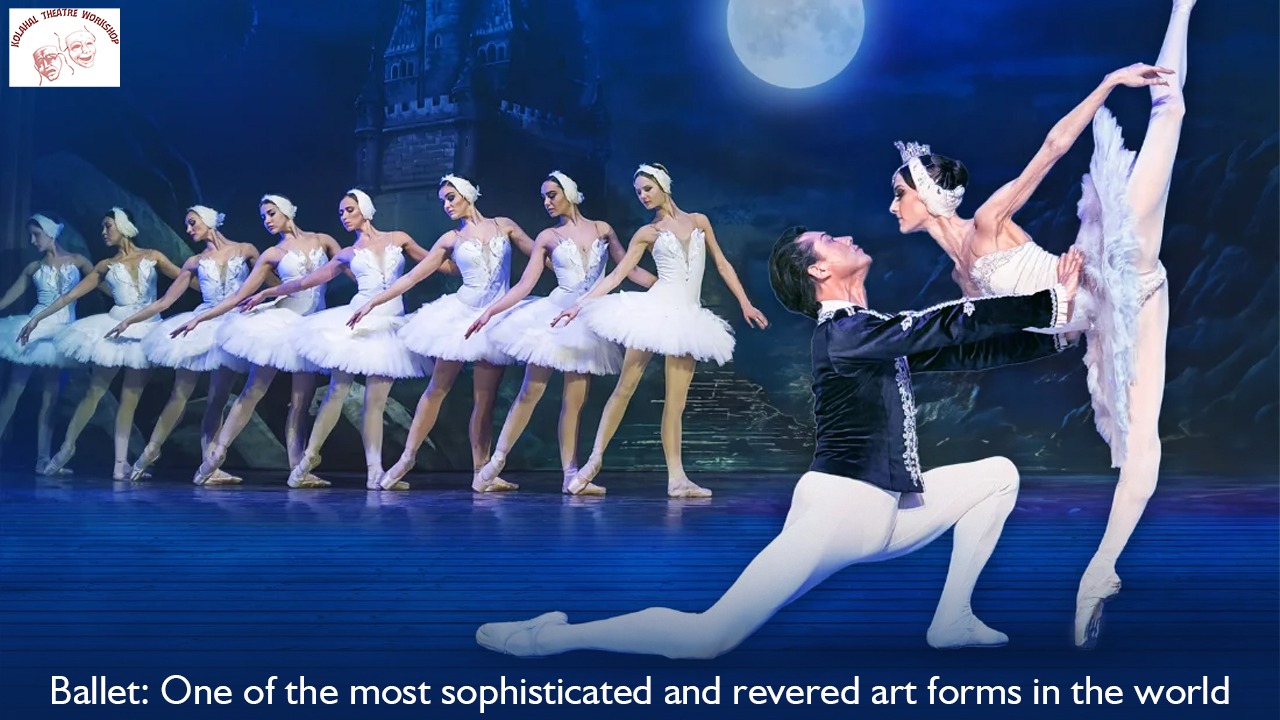Evoking Sensory Responses of Stage Ambience in Theatre
Introduction
Theatre is a sensory experience that goes beyond dialogue and plot—it’s about creating a world that envelops the audience, engaging all their senses. One of the key elements in achieving this immersive experience is stage ambience. From lighting and sound to set design and props, every aspect of the stage plays a role in evoking emotional and sensory responses from the audience. We will discuss in details how evoking sensory responses of stage ambience in theatre is essential.
How Stage Ambience Evokes Sensory Responses in Theatre?
Lighting
Lighting is perhaps the most impactful element of stage ambience. It sets the mood, directs attention, and enhances the visual elements of the performance. For example, soft, warm lighting can create a cozy, intimate atmosphere, while harsh, cold lighting can evoke tension or discomfort. Changes in lighting can signify shifts in time, space, or mood, guiding the audience through the narrative.
Sound
Sound, including music, effects, and actors’ voices, adds depth and richness to the theatrical experience. A well-designed sound environment can transport the audience to different locations, evoke specific emotions, and even create a sense of tension or suspense. For example, the use of subtle background noises can make a scene feel more realistic, while a sudden, loud sound can startle and captivate the audience’s attention.
https://kolahal.org/2024/02/16/transforming-spaces-role-of-stage-ambience-in-theatrical-productions/
Set Design
Set design is another crucial element in creating the world of the play. The set not only provides a physical environment for the actors but also serves as a visual representation of the story. A detailed and thoughtful set can enhance the audience’s understanding of the narrative and evoke a sense of place and time. Additionally, interactive set elements, such as moving parts or practical effects, can further immerse the audience in the world of the play.
Props and Costumes
Props and costumes play a significant role in enhancing the sensory experience of a theatrical production. They help to establish character traits, time periods, and settings, adding layers of detail to the performance. Well-chosen props and costumes can also stimulate the audience’s imagination. It allow them to fully immerse themselves in the world of the play.
Conclusion
In conclusion, stage ambience is a powerful tool in evoking sensory responses and enhancing the overall theatrical experience. Thus carefully considering elements theatre practitioners can create immersive worlds. It captivate and engage audiences, leaving a lasting impression long after the curtain falls. Thus Evoking Sensory Responses of Stage Ambience in Theatre is essential.





[…] Evoking Sensory Responses of Stage Ambience in Theatre: Theatre is a sensory experience that goes beyond dialogue and plot—it's about creating a world that envelops the audience, engaging all their senses. One of the key elements in achieving this immersive experience is stage ambience. […]